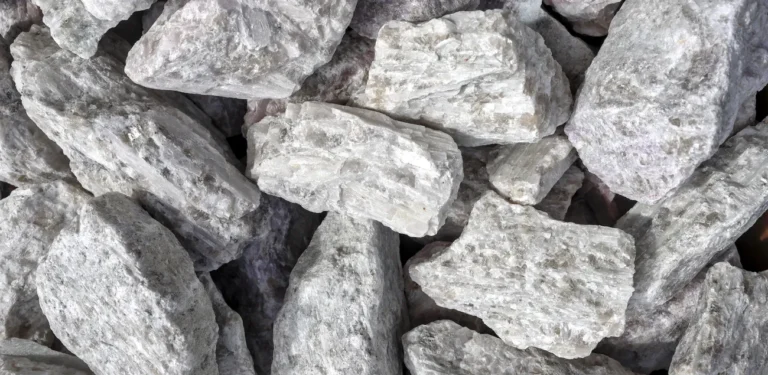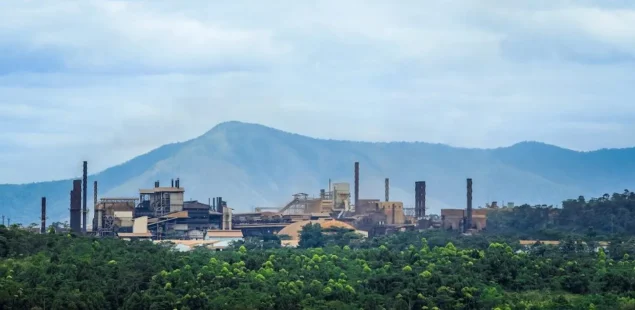
A 50% proposed tariff on copper imports into the United States will have little impact on India’s copper sector. Its position as a net importer of the metal, along with record domestic demand from the renewable energy and electric vehicle sectors, offers a significant buffer against the prospective trade disruption.
An Import-Dependent Market
India’s role in the world copper industry is characterized more by imports than exports. The nation’s imports of copper stood at $10.65 billion in the 2025 financial year, overshadowing exports of $2.32 billion. The trade deficit was exacerbated by the 2018 shutdown of Vedanta’s 400,000-tonne-a-year Sterlite Copper smelter at Thoothukudi that turned the nation into a net importer of refined copper.
The country’s dependence on overseas supply is especially sharp for copper concentrate, where imports from Chile and Indonesia accounted for 95% of its requirement for domestic refining. In the financial year 2025, India’s import of copper increased by 4% to 1.2 million metric tons.
Surging Internal Consumption
Rising local consumption is the key factor sheltering India from the suggested US tariff. India’s refined copper demand increased at a compound annual growth rate of 13.15% from 2019 to 2024, from 489,000 tonnes to 840,000 tonnes. It is driven by huge government spending in infrastructure and a quick push towards green energy.
Major segments that drive the consumption of copper are building and construction (24%), infrastructure (19%), industrial uses (17%), consumer durables (12%), and transport (11%). As the government seeks to double the demand for copper by 2030, industry experts estimate India will witness the world’s highest demand growth at a 7% CAGR, much ahead of the global average. Estimates suggest demand may rise to 3.3 million metric tons by 2030 and close to 9.8 million by 2047.
Limited Exposure to US Market
India’s direct export exposure to the US market is small. US shipments represented just 17% of India’s total copper exports in the 2025 financial year. In terms of tonnage, US exports in 2024 were a mere 13,000 tonnes, or around 8% of India’s total export tonnage. This is considerably lower than the volumes exported to alternative destinations such as Saudi Arabia and China, which collectively take more than half of India’s copper exports.
Mayur Karmarkar, Managing Director, International Copper Association India, pointed out that since India is a copper-deficient nation with robust domestic demand, the tariff suggested will not affect local companies seriously. Analysts opine that any volumes deflected from the US market can easily be taken up by Asian and Gulf markets. The major effect of the tariff is likely to be borne by nations that are large suppliers to the US, including Chile, Canada, and Mexico.
Government Strategy and Market Response
To address its increasing import reliance, the Indian government is taking a two-pronged strategy to increase local production and acquire foreign assets. This involves reforming mining legislation to simplify exploration licensing and auctioning off new copper blocks for mining. The government is also actively attempting to bring in foreign investment from international mining companies to build new smelting and refining capacity in India.
The planned tariff sparked a sharp market surprise, with New York copper futures gaining a record 17% in a day before easing. In India, the stocks of producers Hindalco and Hindustan Copper fell by 1.2% and 3.5%, respectively.
Copper Market Context
Copper is a strategic metal to the world economy, playing a key role in industrial development, high-tech manufacturing, and the clean energy transition. The International Copper Association forecasts that global demand will increase from 28.3 million tons in 2020 to 40.9 million tons in 2040, with India and Southeast Asia driving the acceleration. India’s push to secure its supply chain echoes the metal’s strategic value in a world that is becoming increasingly resource-constrained.



